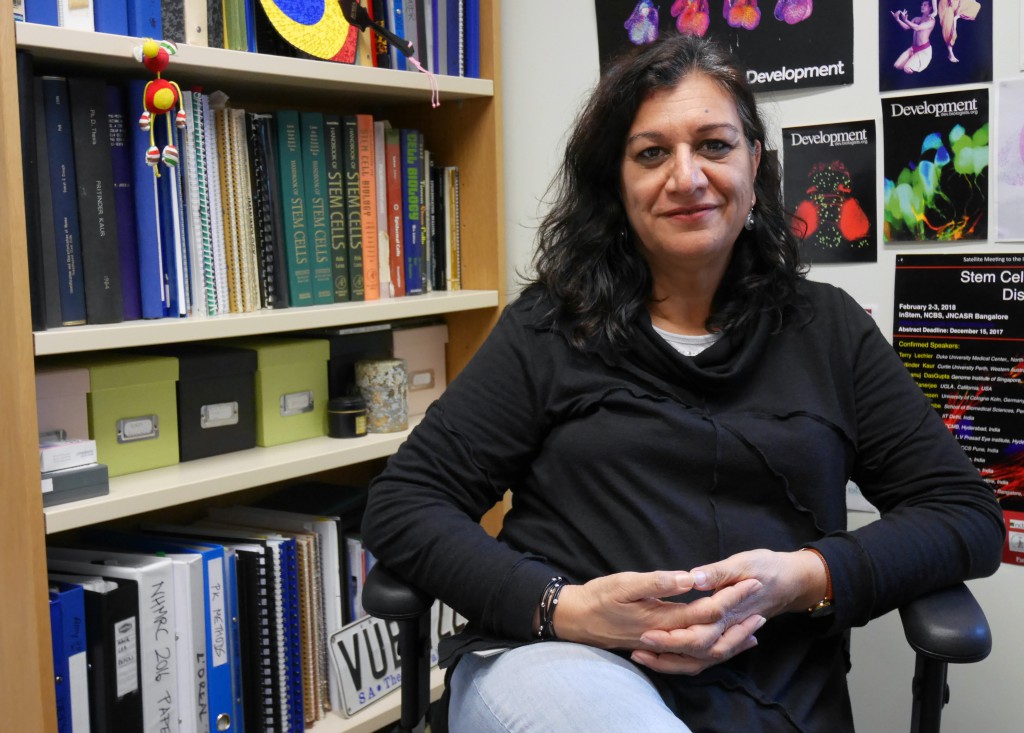More exciting research findings out of the Curtin Health Innovation Research Institute (CHIRI), this time from lead author and head of CHIRI’s Epithelial Stem Cell Biology Group, Associate Professor Pritinder Kaur. Her team’s latest research paper, published in the journal Life Science Alliance, is a step towards developing new approaches to treating patients with severe skin defects, including burns and blistering diseases.
Since skin replacement and repair from injuries such as burns and diabetic ulcers is severely compromised in ageing skin, these findings have relevance for CHIRI’s research focus on adult diseases and for devising new ways to improve skin repair in elderly patients.
The research looked at the effect of two distinct cell types on skin epithelial tissue regeneration. It found for the first time that one of the cell types, called dermal pericytes, which exist in the human skin cell environment, are capable of influencing the angle of cell proliferation of adjacent epithelial cells of the skin, causing more cells to stay in the proliferating compartment.

The image on the left shows that fibroblasts cause skin cells to divide in such a way that one daughter cell leaves the proliferating compartment, whereas pericytes cause both daughter cells to divide horizontally, creating two proliferating cells (shown on the right).
Until now, researchers have relied on mouse cell lines to grow stem cells – a method developed back in 1975 by Harvard scientists Dr Jim Rheinwald and Dr Howard Green. The ability to grow stem cells using human cell lines would avoid issues associated with the cross-species regeneration of cells and lead to alternative treatments.
You can read the full research paper at http://www.life-science-alliance.org/content/1/4/e201700009.
